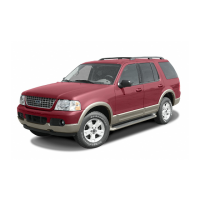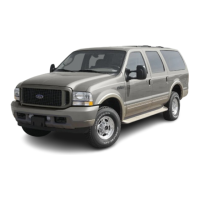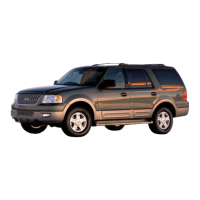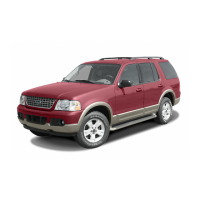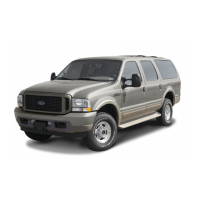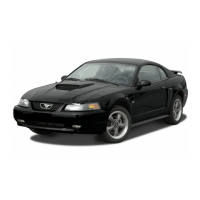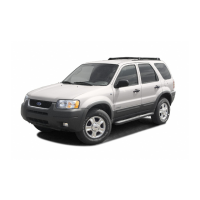
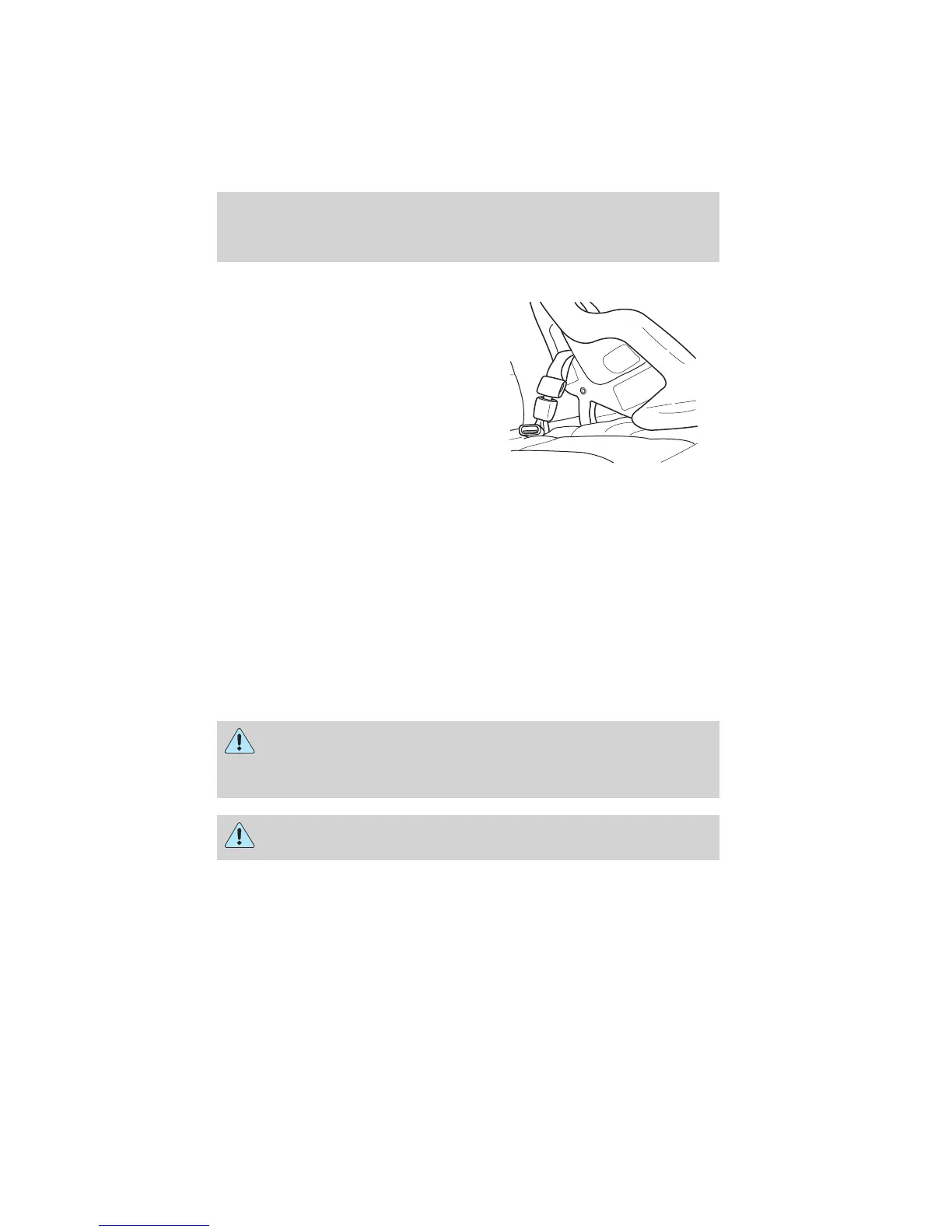 Loading...
Loading...
Do you have a question about the Ford 2003 Escape and is the answer not in the manual?
| Brand | Ford |
|---|---|
| Model | 2003 Escape |
| Category | Automobile |
| Language | English |
Alerts to vehicle conditions and potential issues requiring immediate attention.
Covers critical warning lights for brakes, ABS, airbags, charging, and other systems.
Introduces the vehicle's main gauges, including speedometer and coolant temperature.
Explains basic controls like balance, fade, scan, and clock functions.
Provides general safety advice and guides on installing child safety seats.
Explains ignition key positions and basic vehicle starting procedures.
Details brake system operation, ABS, and relevant warning lights.
Explains Ford's complimentary roadside assistance program and its coverage.
Covers changing tires, using a temporary spare, and jump starting a vehicle.

